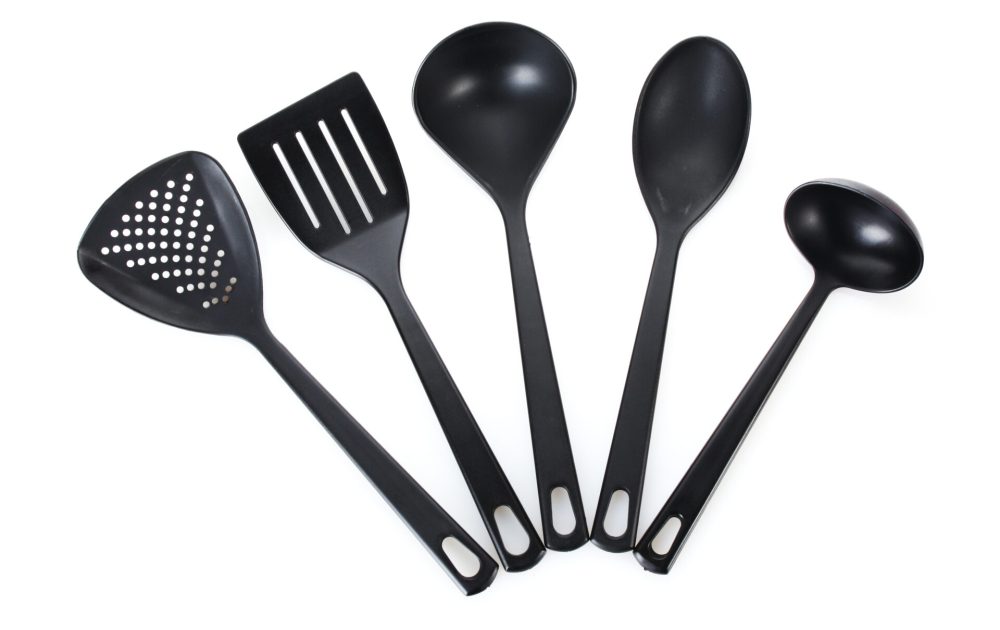Our test tells you which everyday chemicals you've recently come into contact with, and easy steps you can follow to reduce your exposure to them.
Are flame retardants lurking in your recycled plastic utensils?

It’s probably not surprising that when plastics are recycled, much of their chemical composition travels with them into recycled plastic items. Plastics manufactured for electronics products such as cables are modified by adding chemicals with flame retardant properties to meet safety standards. So what happens when these plastics are recycled, where do the flame retardants go?
A new American study found that when ‘e-waste’ plastics such as electronic cables and devices are recycled, flame retardants travel with the plastic polymers into newly recycled plastic items. Scientists analysed 200+ products for their chemical composition and detected flame retardants in 85% of the sample, including bromine and acrylonitrile butadiene styrene, polystyrene, and polypropylene. Exposure to these types of flame retardants have raised serious health concerns about their carcinogenic and toxic effects – they can disrupt the endocrine and reproductive systems, and child development.
Flame retardants that are already restricted in their use by law can reappear in black plastic recycled products, increasing the risk of exposure to their potentially harmful effects. Researchers in this study estimated that household items such as kitchen utensils made from recycled plastics could exceed the average intake of exposure to BDE-209, a polymer widely used in household items. BDE-209 has known toxic effects. They conclude that this “unexpected exposure” to toxic flame retardants highlights the need for greater transparency and tighter restrictions on plastic recycling.
It is also known that flame retardants from electronic products ‘offgas’ or migrate to indoor air and settle as dust. Keeping electronic appliances dust free in well ventilated rooms will help reduce the effects on indoor air quality.
How to reduce exposure to flame retardant chemicals
- Choose kitchen utensils made from natural materials such as wood or bio-based plastics. Stainless steel utensils are another good option and extremely durable.
- Look for ‘food safe’ epoxy resin utensils which are less likely to leach into food.
- Use a HEPA air filter to remove small particles of dust in rooms where electronic equipment is used.
- Wipe down electronic devices with a damp cloth to remove dust from the surface.
- Avoid black plastic items such as disposable cutlery, food containers, and electronic cases that you handle.
- Remove ready meals packaged in black plastic trays before cooking to reduce the effects of microplastics and flame retardant chemicals leeching into food.
- Use a barrier cream on skin if you need to wear black plastic gloves for work or cleaning.
Read the full study here.